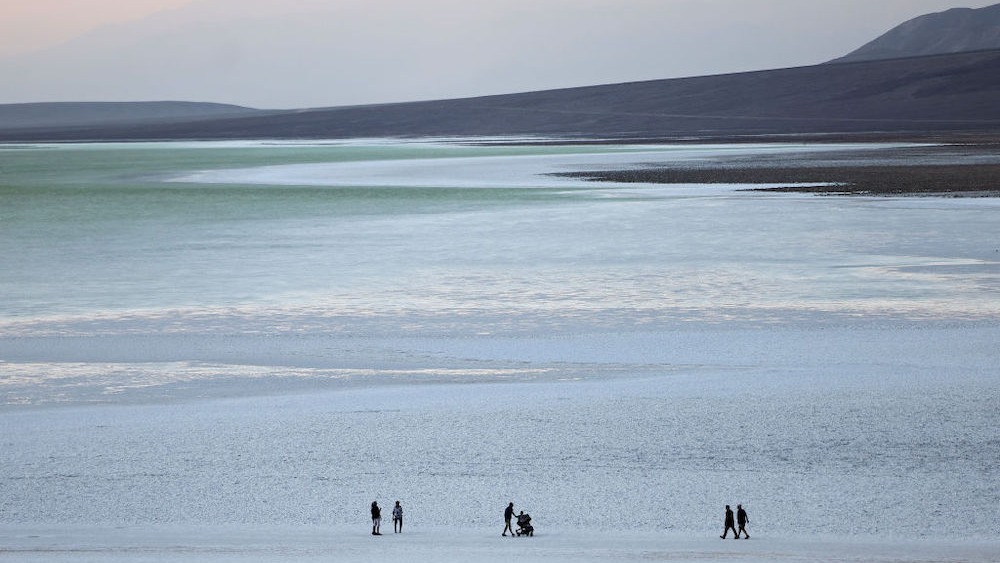Rare lake forms in Death Valley
There's still time to see a rare oasis that formed in Death Valley.

An oasis teeming with ponds and wildflowers has formed at Death Valley National Park, one of the hottest and driest places in the world, following a major hurricane this summer.
Hurricane Hilary, which hit the area in August, provided some much-needed rainfall for the national park, located in eastern California, according to CNN.
"It is definitely a rare and special event," Death Valley National Park spokesperson Abby Wines told CNN. She added that this kind of precipitation event occurs only about once a decade.
Related: Drought in the US Southwest is worst recorded in history
The hurricane arrived in Death Valley on Aug. 19 and continued dousing the desert for 24 hours. Records indicate that 2.2 inches (5.6 centimeters) of rain was measured at Furnace Creek, a site inside the 5,270-square-mile (13,650 square kilometers) national park, breaking the previous record of 1.7 inches (4.3 cm), set in 2022, according to the National Park Service (NPS).
A month after the storm, park officials took a boat onto the ephemeral lake that had formed at Badwater Basin, a salt flat that marks the park's lowest point, and measured its depth at roughly 1 foot (0.3 meters). In the time since, the water has receded to only a few inches.
"I wish we knew exactly how long it will last," Wines told CNN, but she estimated that the pool could hang around until November. If visitors want to see the oasis for themselves, "the sooner, the better," she suggested.
Sign up for the Live Science daily newsletter now
Get the world’s most fascinating discoveries delivered straight to your inbox.
Due to flooding, officials shut down the park temporarily. The park has since reopened, but several roads remain closed, according to the NPS.
"Every road in the park was damaged," Wines told CNN. "We still have a lot of work ahead of us. It was a lot of rain [from Hilary], and it's going to take a while for all that water to evaporate — even in the desert."
The last time a lake sprang up in Death Valley was in 2019, when a 10-mile-long (16 kilometers) body of water formed.
Jennifer Nalewicki is former Live Science staff writer and Salt Lake City-based journalist whose work has been featured in The New York Times, Smithsonian Magazine, Scientific American, Popular Mechanics and more. She covers several science topics from planet Earth to paleontology and archaeology to health and culture. Prior to freelancing, Jennifer held an Editor role at Time Inc. Jennifer has a bachelor's degree in Journalism from The University of Texas at Austin.










